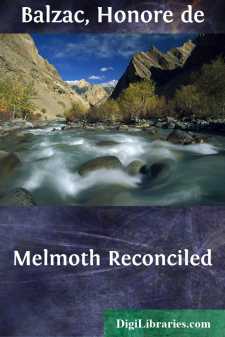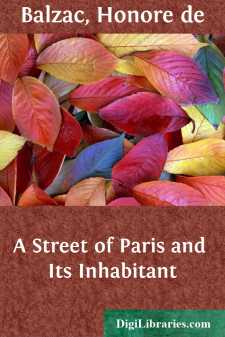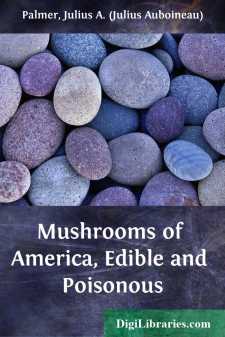Categories
- Antiques & Collectibles 13
- Architecture 36
- Art 48
- Bibles 22
- Biography & Autobiography 813
- Body, Mind & Spirit 142
- Business & Economics 28
- Children's Books 17
- Children's Fiction 14
- Computers 4
- Cooking 94
- Crafts & Hobbies 4
- Drama 346
- Education 46
- Family & Relationships 57
- Fiction 11829
- Games 19
- Gardening 17
- Health & Fitness 34
- History 1377
- House & Home 1
- Humor 147
- Juvenile Fiction 1873
- Juvenile Nonfiction 202
- Language Arts & Disciplines 88
- Law 16
- Literary Collections 686
- Literary Criticism 179
- Mathematics 13
- Medical 41
- Music 40
- Nature 179
- Non-Classifiable 1768
- Performing Arts 7
- Periodicals 1453
- Philosophy 64
- Photography 2
- Poetry 896
- Political Science 203
- Psychology 42
- Reference 154
- Religion 513
- Science 126
- Self-Help 84
- Social Science 81
- Sports & Recreation 34
- Study Aids 3
- Technology & Engineering 59
- Transportation 23
- Travel 463
- True Crime 29
La Grenadiere
by: Honore de Balzac
Categories:
Description:
Excerpt
LA GRENADIERE
La Grenadiere is a little house on the right bank of the Loire as you go down stream, about a mile below the bridge of Tours. At this point the river, broad as a lake, and covered with scattered green islands, flows between two lines of cliff, where country houses built uniformly of white stone stand among their gardens and vineyards. The finest fruit in the world ripens there with a southern exposure. The patient toil of many generations has cut terraces in the cliff, so that the face of the rock reflects the rays of the sun, and the produce of hot climates may be grown out of doors in an artificially high temperature.
A church spire, rising out of one of the shallower dips in the line of cliffs, marks the little village of Saint-Cyr, to which the scattered houses all belong. And yet a little further the Choisille flows into the Loire, through a fertile valley cut in the long low downs.
La Grenadiere itself, half-way up the hillside, and about a hundred paces from the church, is one of those old-fashioned houses dating back some two or three hundred years, which you find in every picturesque spot in Touraine. A fissure in the rock affords convenient space for a flight of steps descending gradually to the "dike"—the local name for the embankment made at the foot of the cliffs to keep the Loire in its bed, and serve as a causeway for the highroad from Paris to Nantes. At the top of the steps a gate opens upon a narrow stony footpath between two terraces, for here the soil is banked up, and walls are built to prevent landslips. These earthworks, as it were, are crowned with trellises and espaliers, so that the steep path that lies at the foot of the upper wall is almost hidden by the trees that grow on the top of the lower, upon which it lies. The view of the river widens out before you at every step as you climb to the house.
At the end you come to a second gateway, a Gothic archway covered with simple ornament, now crumbling into ruin and overgrown with wildflowers—moss and ivy, wallflowers and pellitory. Every stone wall on the hillside is decked with this ineradicable plant-life, which springs up along the cracks afresh with new wreaths for every time of year.
The worm-eaten gate gives into a little garden, a strip of turf, a few trees, and a wilderness of flowers and rose bushes—a garden won from the rock on the highest terrace of all, with the dark, old balustrade along its edge. Opposite the gateway, a wooden summer-house stands against the neighboring wall, the posts are covered with jessamine and honeysuckle, vines and clematis.
The house itself stands in the middle of this highest garden, above a vine-covered flight of steps, with an arched doorway beneath that leads to vast cellars hollowed out in the rock. All about the dwelling trellised vines and pomegranate-trees (the grenadiers, which give the name to the little close) are growing out in the open air. The front of the house consists of two large windows on either side of a very rustic-looking house door, and three dormer windows in the roof—a slate roof with two gables, prodigiously high-pitched in proportion to the low ground-floor....






















